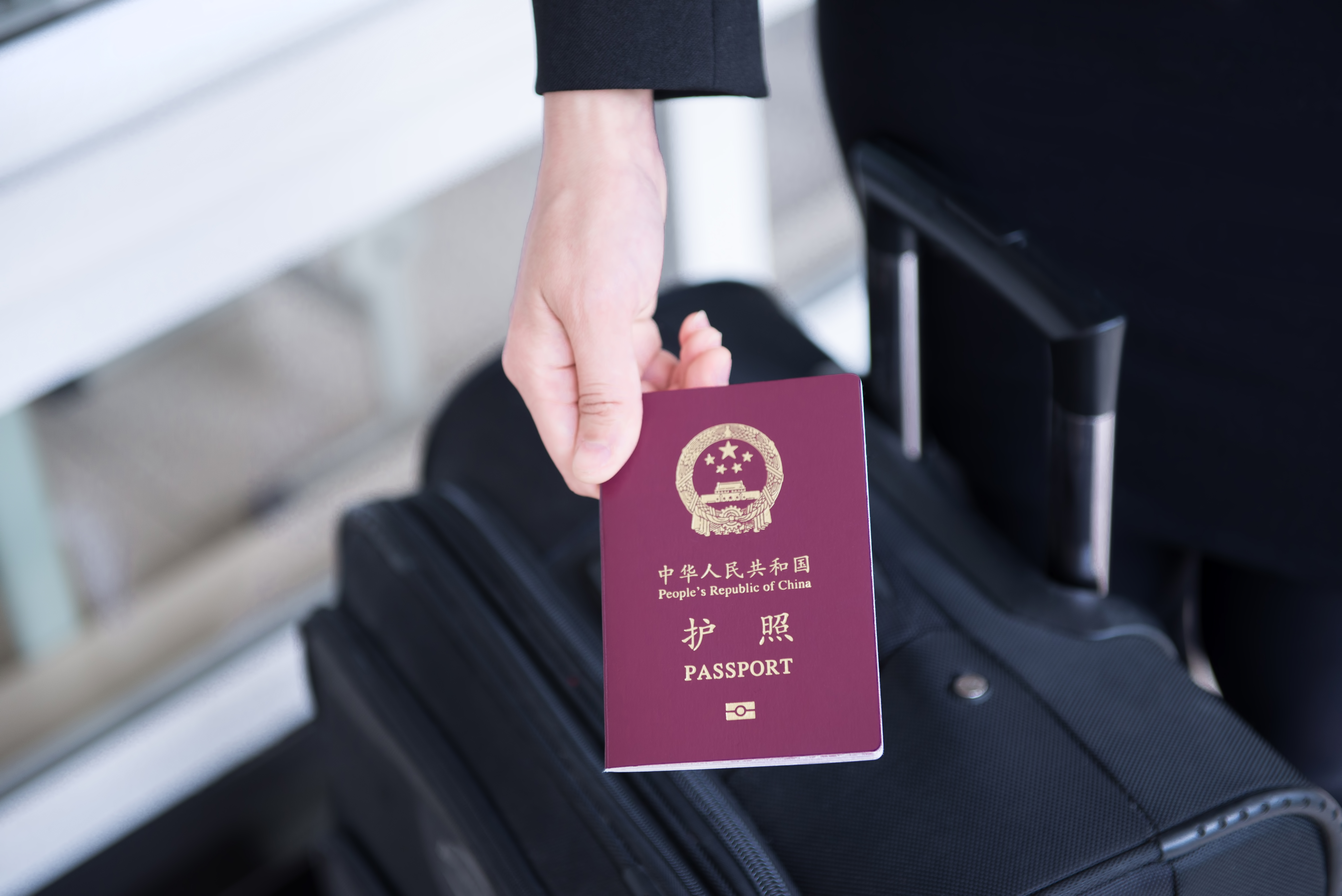The Vietnam e-Visa is an electronic travel authorization which allows travelers to stay in Vietnam for up to 30 days, single entry. China is one of the eligible countries that may apply for this type of visa (Contry list for Vietnam e-visa).

There has been disagreements on the recently introduced Chinese microchipped passport with nine dash line map which creates difficulties for Chinese e-passport holders who wants to apply for a Vietnamese e-Visa and other visas to China’s neighbouring countries. Therefore, Chinese e-passport holders will have to obtain their visa through a different application process or apply for a different type of visa.
This article includes important information regarding the Vietnamese e-Visa for Chinese nationals as well as China’s e-passport controversy and implementation, and options that Chinese citizens can look into in order to get a visa to Vietnam.
The Chinese government started issuing e-passports in 2012. The e-passports are special microchipped documents that contain digitized biometric information about the holders like signature and fingerprints.
The Chinese e-passports joins a long list of passports around the world that has been updated with the latest technology. E-passports are harder to counterfeit and makes it safer for borders and international travelers.
In addition, they allow the holder to use special e-passport gates at several airports around the world. The e-passport gates are automated border control gates where travelers will have their passports checked automatically without needing the supervision of a border control officer. This will reduce queueing and waiting times at the airport, making it a much smoother ordeal.
The Chinese biometric passport was introduced by the Chinese government as a tool to make traveling smoother and safer.
The e-Visa is an electronic travel authorization that allows travelers to stay in Vietnam for up to 30 days with a single-entry visa. The application is completed online and is a quick and straightforward way of obtaining a visa to Vietnam. It saves tourists time and effort by not having to go to the Vietnamese Embassy or Consulate for example, or having to queue in long lines at the airport. As long as they meet the visa requirements, tourists will be able to receive their visa within a few business days.
Unfortunately, there has been disagreements between China and several neighbouring countries (including Vietnam, the Philippines and India) regarding the release of the Chinese e-passports with nine dash line map. In the passport, there is a map of China that features lands and maritime territories that are claimed by either Vietnam, the Philippines or India. Therefore, these countries have set limitations to the eligibility of Chinese nationals because of their new visas.
Those with a Chinese e-passport cannot apply for Indian visas outside of China for example, and cannot have Philippine visa labels on their passports. Instead, they must carry their Philippine visa on a separate document.
Implications for Chinese e-passport holders also include not being able to apply for the Vietnam e-visa with the Chinese e-passport.
Unfortunately, those who has a Chinese e-passport will not be able to apply for an e-Visa to Vietnam. The application will be unsuccessful and therefore, there is no use in trying.
In general, those with a Chinese e-passport who wants to apply for a visa to Vietnam must be aware that this can only be done in China. This means you cannot apply for a visa if you are outside of China. Most likely, applicants will be asked to visit the Vietnamese Embassy or Consulate in China and continue the process from there.
There are also Vietnamese travel agents in China that may assist travelers in obtaining a Vietnam visa printed on a separate document (known as a loose-leaf visa) so that they can enter Vietnam by plane.
Please note that Chinese nationals who do not have an e-passport may apply for the Vietnamese e-Visa, just like any other citizen from the eligible countries. All they have to do is to make sure their traditional passport is valid for at least 6 months upon arrival, that they can pay for their application fee using a credit or debit card, and comply with the Vietnamese e-Visa requirements for Chinese citizens.
Important Note : You are unable to buy a house in Vietnam or bring your car from your home country to Vietnam If you don’t have a Vietnamese visa & Vietnamese Immigration stamp on your passport.

The Vietnam e-Visa is an electronic travel authorization which allows travelers to stay in Vietnam for up to 30 days, single entry. China is one of the eligible countries that may apply for this type of visa (Contry list for Vietnam e-visa).

There are now 35 more countries that’s been added to the Vietnam e-Visa program. This includes Hong Kong (China) and Macau (China).

Those who hold Chinese passports are required to apply for visa to enter and stay at Vietnam. Like most of other countries around the world, there are two ways to get Vietnam visa for Chinese citizens: Obtain Vietnam visa directly at Vietnam Embassy in China or apply for visa on arrival through www.